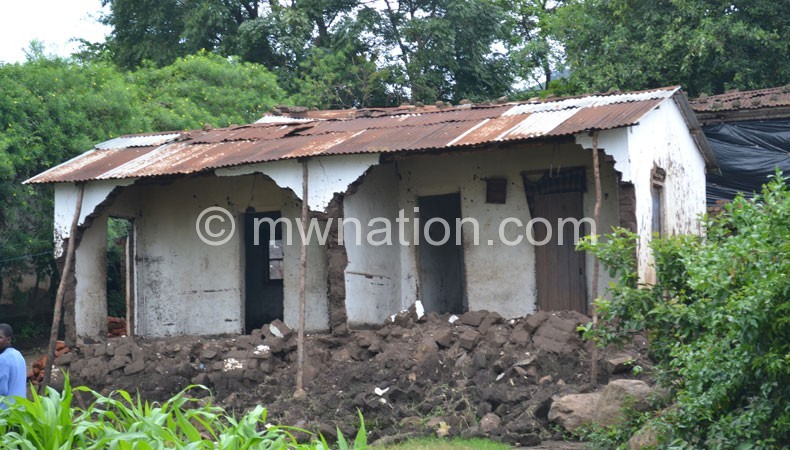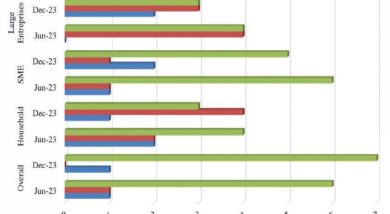Floods disaster hits GDP
Torrential rains that culminated into floods, killing more than 170 people, displacing over 200 000 and destroying property in 15 districts, has forced government to consider revising downwards this year’s projected 5.8 percent economic growth rate.
The devastation caused by floods has the potential of reversing all the gains made thus far, according to Minister of Finance, Economic Planning and Development Goodall Gondwe.
 “We will have to sit down and look at the gross domestic product [GDP] figures. It is quite possible that the figure might go down in view of the disaster,” he said in an interview yesterday.
“We will have to sit down and look at the gross domestic product [GDP] figures. It is quite possible that the figure might go down in view of the disaster,” he said in an interview yesterday.
GDP as defined by Organisation for Economic Cooperation and Development (OECD) is an aggregate measure of production equal to the sum of the gross values added of all resident institutional units engaged in production.
The downward revision of GDP is hinged on the fact that the sectors that were expected to drive the economy this year such as information and communication technology, electricity, agriculture, manufacturing, mining and water have been adversely affected by the disaster.
Malawi’s economy was this year expected to expand by about 5.8 percent, according to government and International Monetary Fund (IMF) projections, propelled by the expected good agriculture season and a buoyant manufacturing and mining sector.
Last year, the economy weathered storm and grew by six percent buoyed by robust growth in information and communication, electricity, gas, water and mining, among other sectors, according to Reserve Bank of Malawi (RBM).
Ben Kaluwa, an economics professor at University of Malawi’s Chancellor College, said he is not surprised that government is contemplating revising downward GDP growth rate.
“The disaster has had a devastating effect on the economy and will eventually have a dent on GDP growth. The agriculture sector is expected to register a slow growth because most of the crops in the field have been washed away,” he said.
Agriculture is the main driver of the country’s economy, accounting for about 30 percent of GDP, which means that any disruption in agriculture has potential to slow down growth rates.
Since 2008, when Malawi registered a GDP growth rate of 9.8 percent, second only to oil-rich Qatar, growth has been fluctuating, according to government annual economic reports.
In 2009, the economy expanded by 8.9 percent and then dropped to 6.7 percent in 2010, before slumping again to 4.3 percent in 2011.
In 2012, the economy grew at a paltry 1.8 percent and eventually picked at 6.1 percent in 2013.
In his address to the nation on Tuesday, President Peter Mutharika said floods have caused a lot of damage and will bring many negative socio-economic effects to the economy.
He said preliminary assessment shows that the damage caused by flood disaster to the economy is estimated at K23.9 billion, which excludes the cost of the relief programmes currently underway.
“The growth for the country is largely driven by agriculture, manufacturing, electricity, water and mining sectors, among others. These have also been adversely affected by the floods, to the extent that the country is likely to achieve economic growth lower than 5.8 percent projected earlier for 2015,” he said. n




